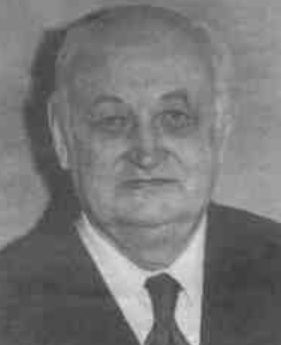Starting from 1924, one finds co-authors in Frumkin’s publications. While some of them were sporadic, others can be considered as the first generation of Frumkin school. We present the available information below, in chronological order (by first mention in the publication list).
Roza Moiseyevna [Reizlya Movshevna] Kul’varskaya (1896 – ?), a graduate of the faculty of physics and math of the Higher Women’s Courses in Warsaw, worked as technician in Karpov Inst starting from 1922. She was promoted to the scientific staff in 1925. She belonged to the labs of inorganic and (later) analytical chemistry, and re-switched to chemical analysis completely in 1930s.
Arkadyi Abramovich Donde (1896 – 1942?) worked in the Karpov Institute between Jan 1925 and Nov 1929. His higher chemical education originated from Pyrotechnical Artillery School. Starting from 1930 and until the beginning of WWII he was affiliated with the Moscow Automobile and Road Construction Inst (technical Univ), where he is considered as the founder of Chemistry Chair. In 1928 – 1936, he published short popular books on the role of chemistry in military defense and agriculture, some texts related to materials for cars, and also educational texts. He was drafted into the army in July 1941, and went missing (according to official records) in half a year, which means that he was killed under unknown war circumstances.
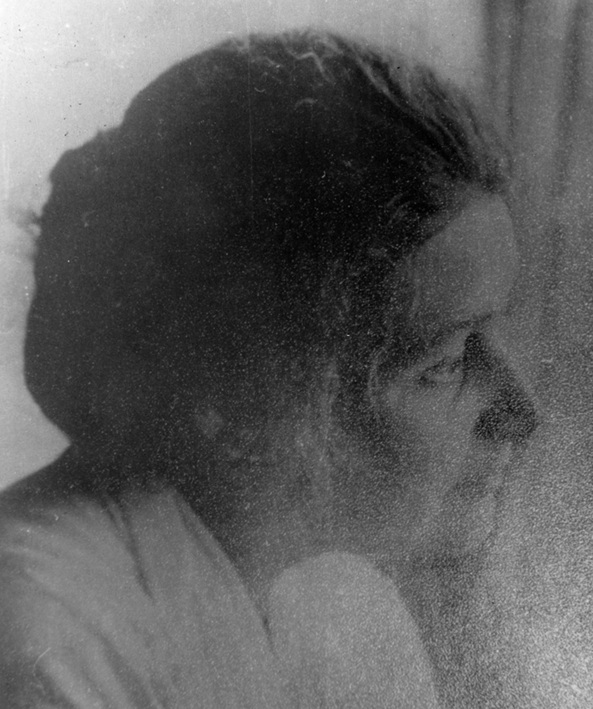
Amaliya Davydovna Obrucheva (1894-1968) graduated from the technical faculty of the Moscow Commercial Inst, where she specialized in physical chemistry and was diploma student of Prof. Nikolay A. Shilov (1872-1930), a prominent person in the fields of adsorption and chemical kinetics. She worked in Karpov Inst starting from 1922 until WWII, with few interruptions. She belonged initially to the lab of technical electrochemistry, and worked with N.A. Izgaryshev on the passivity of chromium. In 1924-1925 she worked in Сopenhagen in the lab of G. Hevesy. As Frumkin’s wife, she accompanied him in his USA trip in 1928-1929. Starting from 1944 and up to retirement, she was affiliated with Frumkin Dept in Moscow University.
This photo of Frumkin and Obrucheva shows the early Karpov Inst period. The laboratory equipment brings up an association with surface tension measurements. The influence of Obrucheva’s teacher Shilov is easily noticeable in early Karpov Inst works with charcoal. …
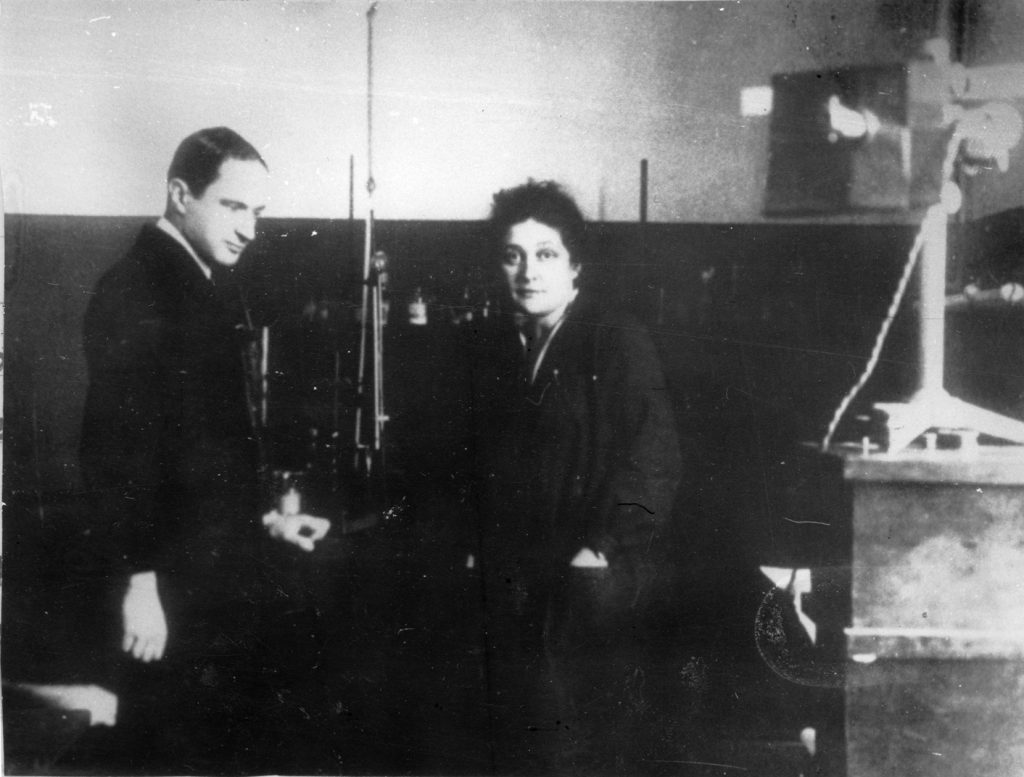
At this stage we have rather scarce information about S. I. Reichstein, who worked under the supervision of I.A. Kazarnovskyi for many years, starting from at least 1931.

Alexandra Vladimirovna Gorodetskaya (1897-?) graduated from Moscow University in 1926 (physical chemistry) and was employed in Karpov Inst in 1928. In parallel with her famous studies of the electrode/solution interfaces with Frumkin, she was also involved in more applied activities on flotation and surface wetting, in respect to zinc ore technology. Her transfer to Colloid-Electrochemical Inst in 1940 is documented, but we know nothing about her fate after it.
Natalya Alekseevna Bakh [Bakh-Nikolayeva] (1895-1979) joined Frumkin team in 1927, after completing her doctorate in colloid chemistry in Geneva (1920) and a period of work in the Central Chemical Laboratory in Moscow. She participated in carbon battery-oriented research and moved to the Institute of Physical Chemistry in 1941 (her DSc thesis on electrokinetic phenomena as related to ‘electrical double layer’ was defended in 1943). She switched completely to radiation chemistry after WWII, and became the head of the laboratory of radiation chemistry first in the same Institute, and then in Frumkin Institute (from 1958). She started to teach radiation chemistry in Moscow University in 1949, and established a separate lab there in 1954 (currently the laboratory of high energy chemistry). Memoirs of her early graduate Valentina V. Saraeva (in Russian) are of interest.
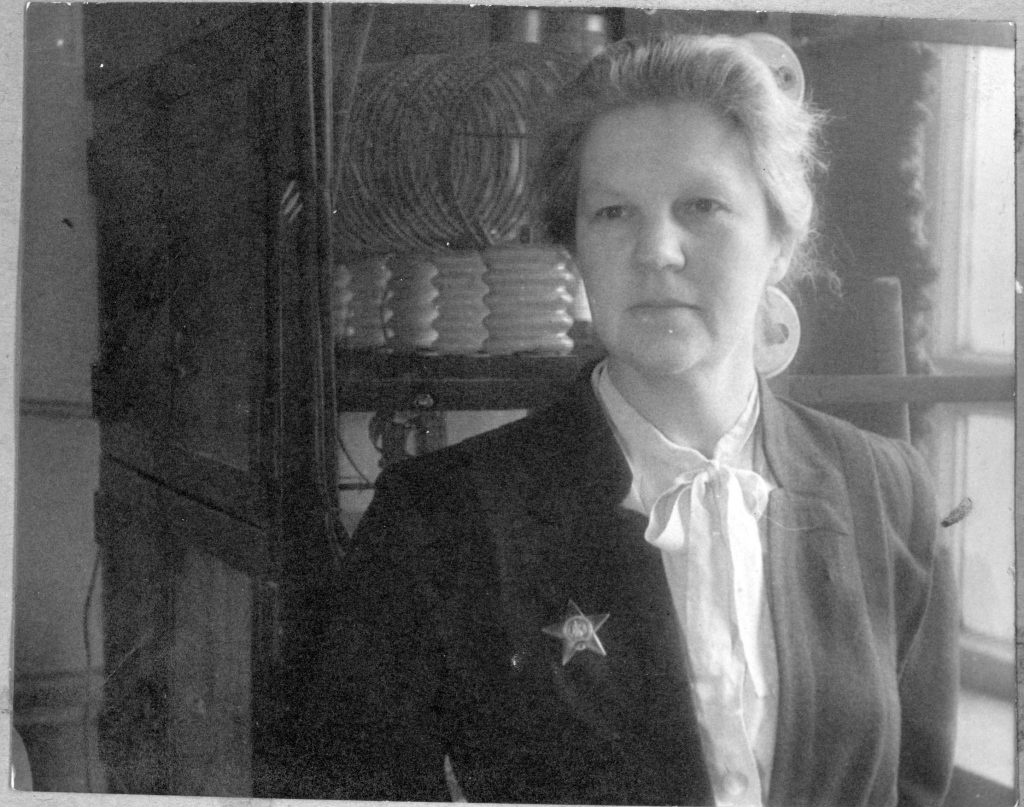
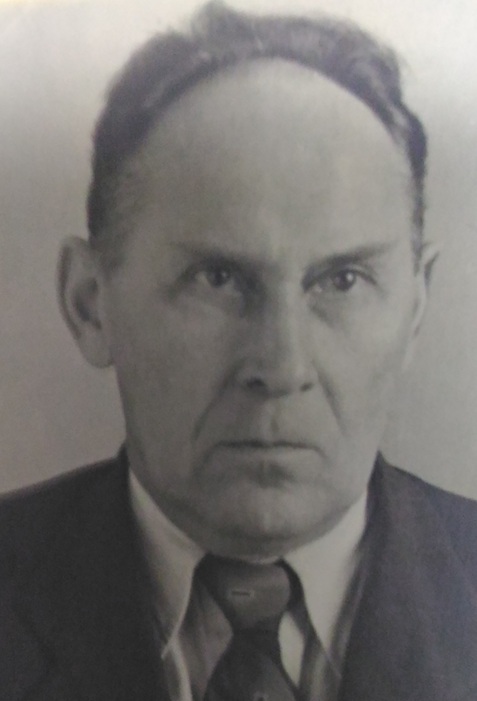
Boris Pavlovich Bruns (1902-1979) graduated from Kiyev Polytechnical Institute in 1924. His diploma thesis was devoted to conductivity and electrolysis of iodine trichloride solutions in acetic acid, and it is easy to assume that this study took place in the lab of Vladimir A. Plotnikov. Bruns worked as teaching assistant in the same Institute up to 1927, when he moved to Moscow and joined Karpov Inst. He bacame a deputy head of Frumkin’s division soon, worked on various adsorption problems, and also on the nature of polarographic maximums. Beyond science, he participated in two naval expeditions (ise-breakers “Sibiryak” and “Sedov”) in 1930s. Starting from 1938 Bruns headed a lab of catalysis in the Institute of Nitrogen Industry (ГИАП), where he concentrated on manganese dioxide catalysis (the main content of his 1956 DSc thesis). In 1951, Bruns moved to the Institute of antibiotics, where he headed the labs dealing with analysis.
John Warren Williams (1898-1988) Wisconsin Univ, Debye, dipole moment… https://pubs.acs.org/doi/10.1021/la00085a001

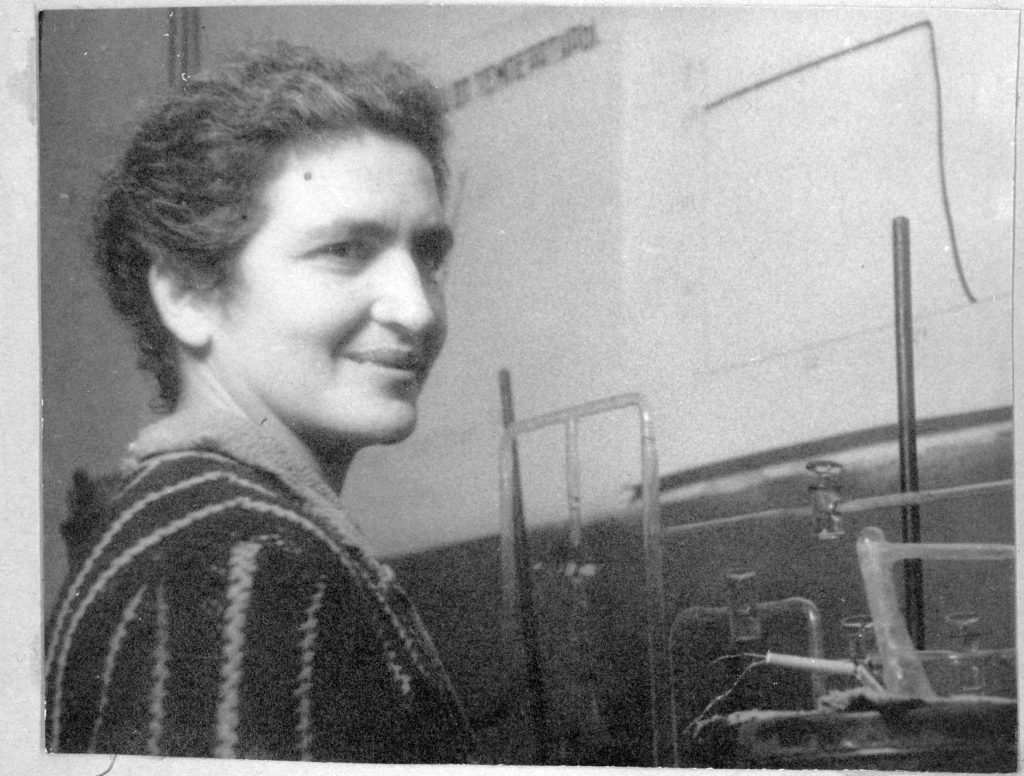
Reb[v]ekka Khaimovna Burshtein (1904-1992) was a graduate of Leningrad University (1926). Her first research work on the analysis with adsorbing indicators was supervised by Kistyakovskyi’s and published without co-authors (there was also the second part, submitted already from Moscow). Her work in Moscow in 1927 started from Rabinovich’s lab, but she bacame a member of Frumkin team soon. Batteries… DSc thesis (1941) was devoted to the adsorption and catalysis on charcoal. She moved to the Institute of Physical Chemistry in 1946, and became the head of the lab of contact potentials and gas elements in the Frumkin Institute in 1958. Her later studies were devoted to the measurements of electron work functions depending on the medium (review in Russian, Itogi nauki i tekhniki. Ser. Zashita Metallov. M: VINITI, 1981. V.8. P. 155-180), this required the application of vacuum techniques.
As follows from the note in a single joint article, F.J. Cirves was a student in Wisconsin, and the content of publication was his MSc thesis. We know nothing about his later activities. Presumably, D. Lawrowskaja was Dora L’vovna Lavrovskaya (1902-1973), nothing was found about her further research work (if any).
Sergey Sergeevich Vasiliev (1904-1999) worked in Karpov Inst from 1928 to 1931 <no other photos are available, this one is of course of much later period>. Graduated from Moscow Univ …. Kobozev……
